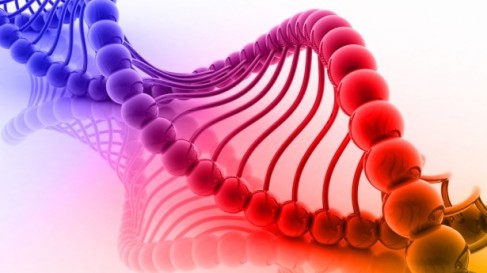I came across this article while looking for a published paper. This unusual concept caught my attention, so I thought I would share it with everyone :).
Bioengineers have made an artificial jellyfish using silicone and muscle cells from a rat’s heart. The synthetic creature, dubbed a medusoid, looks like a flower with eight petals. When placed in an electric field, it pulses and swims exactly like its living counterpart.
“Morphologically, we’ve built a jellyfish. Functionally, we’ve built a jellyfish. Genetically, this thing is a rat,” says Kit Parker, a biophysicist at Harvard University in Cambridge, Massachusetts, who led the work. The project is described today in Nature Biotechnology1.
Parker’s lab works on creating artificial models of human heart tissues for regenerating organs and testing drugs, and the team built the medusoid as a way of understanding the “fundamental laws of muscular pumps”. It is an engineer’s approach to basic science: prove that you have identified the right principles by building something with them.

A jellyfish made of silicone and rat heart cells ‘swims’ in water when subjected to an electric field. In 2007, Parker was searching for new ways of studying muscular pumps when he visited the New England Aquarium in Boston, Massachusetts. “I saw the jellyfish display and it hit me like a thunderbolt,” he says. “I thought: I know I can build that.” To do so, he recruited John Dabiri, a bioengineer who studies biological propulsion at the California Institute of Technology (Caltech) in Pasadena. “I grabbed him and said, ‘John, I think I can build a jellyfish.’ He didn’t know who I was, but I was pretty excited and waving my arms, and I think he was afraid to say no.”
Janna Nawroth, a graduate student at Caltech who performed most of the experiments, began by mapping every cell in the bodies of juvenile moon jellies (Aurelia aurita) to understand how they swim. A moon jelly’s bell consists of a single layer of muscle, with fibres that are tightly aligned around a central ring and along eight spokes.
To make the bell beat downwards, electrical signals spread through the muscle in a smooth wave, “like when you drop a pebble in water”, says Parker. “It’s exactly like what you see in the heart. My bet is that to get a muscular pump, the electrical activity has got to spread as a wavefront.”
Form and function.
Nawroth created a structure with the same properties by growing a single layer of rat heart muscle on a patterned sheet of polydimethylsiloxane. When an electric field is applied across the structure, the muscle contracts rapidly, compressing the medusoid and mimicking a jellyfish’s power stroke. The elastic silicone then pulls the medusoid back to its original flat shape, ready for the next stroke.
When placed between two electrodes in water, the medusoid swam like the real thing. It even produced water currents similar to those that wash food particles into jellyfish’s mouths. “We thought if we’re really good at this, we’re going to recreate that vortex, and we did,” says Parker. “We took a rat apart and rebuilt it as a jellyfish.”
“I think that this is terrific,” says Joseph Vacanti, a tissue engineer at Massachusetts General Hospital in Boston. “It is a powerful demonstration of engineering chimaeric systems of living and non-living components.”
Parker says his team is taking synthetic biology to a new level. “Usually when we talk about synthetic life forms, somebody will take a living cell and put new genes in. We built an animal. It’s not just about genes, but about morphology and function.”
The team now plans to build a medusoid using human heart cells. The researchers have filed a patent to use their design, or something similar, as a platform for testing drugs. “You’ve got a heart drug?” says Parker. “You let me put it on my jellyfish, and I’ll tell you if it can improve the pumping.”
They also hope to reverse-engineer other marine life forms, says Parker. “We’ve got a whole tank of stuff in there, and an octopus on order.”

